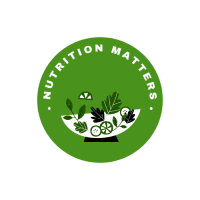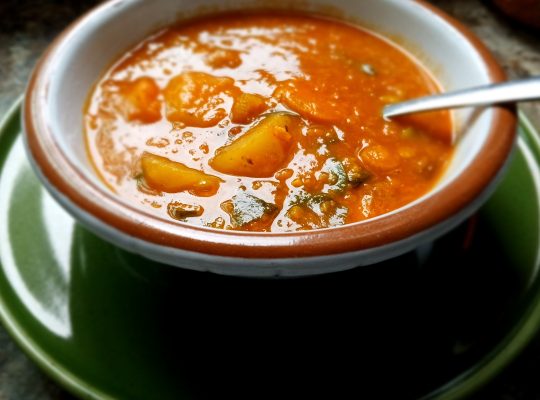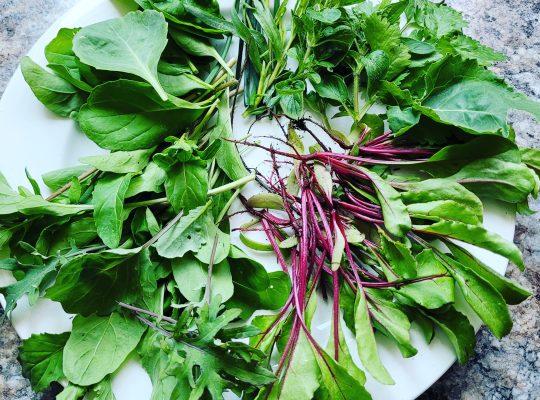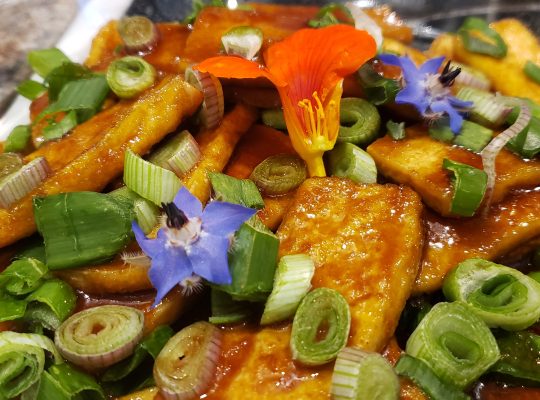What’s the secret to a long and healthy life? That’s the million-dollar question (or a billion, if you consider inflation these days).
Is it healthy food, low stress levels, regular physical activity? You can definitely add more to the list, but let’s start with food for now. One way of ensuring healthy meals is to make them colourful. Among others, that means they’ll be loaded with compounds that decrease inflammation and your overall risk of chronic disease, and help you fend off premature aging too!
Colours make us happy
Wouldn’t you agree? I spotted the first buttercup of the season just a few days ago and it was an instant mood lifter. Now they’re popping up all along the trails pup and I hike in the morning and that’s joyful, no matter the weather or mood.
When it comes to food, there’s an indisputable appeal. Just picture a bowl of fruit salad: slices of juicy orange, peaches, bananas, and apples, plus berries and a few mint leaves. Or a freshly made, bright and fragrant salsa. An extravaganza of roasted veggies with a lively turmeric-and-tahini dressing?
Everyone loves a plate full of colours, and there’s a reason for that. In fact, there are many reasons.
Just a clarification before we go on: what we’re talking about are naturally-occurring colours, like the dark red in beets or the intense purple and blue ones that abound in blueberries. The artificial colours, found in ultra-processed foods, are best avoided.
Why do we want, enjoy, and need colours?
When we choose colourful meals, we’re mostly eating plants, which means we consume fibre, but also, depending on the plant, a wealth of other good-for-you nutrients such as protein (yes, and not just traces), healthy fats, carbohydrates, vitamins, minerals, and colourful compounds which are part of a large category called phytochemicals (phyto means related to plants).
Another reason is because colourful phytochemicals are powerful antioxidants, which means they protect us against damaging molecules and greatly reduce our risk of chronic diseases and premature aging.
Also, colourful foods lift our mood. They contain a variety of other anti-inflammatory compounds that our gut bacteria love to use as food. So when we provide them with whole plants foods that contain that mix of beneficial compounds and fibre, they thrive and that means a boost in both health and mood for us humans.
Colourful food means health, longevity, and joy of eating – for you, and for your beneficial gut bacteria.
Healthy meals have a rainbow touch
Here are a few colourful suggestions to get you started when preparing meals or eating out:
- Choose orange foods such as carrots, sweet potatoes, and pumpkin, for beta-carotene. This orange phytochemical that helps your skin, eyes, and immune system is also found, less obviously though, in dark leafy greens such as kale, turnip and beet greens, and Swiss chard.
- Choose blue foods such as blueberries, blackberries, cherries, chokecherries (more on this when these berries are in season). They contain anthocyanins which protect against cancer, inflammation, boost eye, brain, and cardiovascular health, and improve gut health.
- Choose red foods such as tomatoes and watermelon for their high content of lycopene, which has anti-cancer properties. Lycopene is better absorbed from cooked and canned tomatoes.
- Choose purple foods such as grapes, berries, but also peanuts with skins on, because they all contain a powerful anti-aging phytochemical called resveratrol. It has anti-inflammatory and anti-cancer properties, and it is good for the cardiovascular system and brain. If you’re about to ask whether red wine contains resveratrol, the answer is yes and the jury is still out when it comes to recommending wine drinking for this reason alone, given that alcohol increases the risk of cancer (breast cancer in particular).
- Choose green and white foods such as cauliflower, cabbage, Brussel sprouts, broccoli, and broccoli sprouts (the cruciferous family). They contain potent anti-cancer compounds.
- Choose yellow foods such as lemons, mangoes and pineapple (and the spice turmeric) for their anti-inflammatory compounds.
Bottom line
Health-promoting phytochemicals are found in spices and herbs too, which is why you should always make sure to add them to your meals.
If you think that keeping track of the type of phytochemicals each veggie, fruit, spice, or fruit herb contribute to your meals is somewhat impractical, you’re right. Don’t let that stop you from making the best choices for your health. Orange, yellow, and red peppers, red onions, citrus fruit, herbs and yes, nuts too, just go for whatever you have handy. Build yourself as close to a rainbow as you can with every meal and you’ll be fine.
Give it a try!
References







